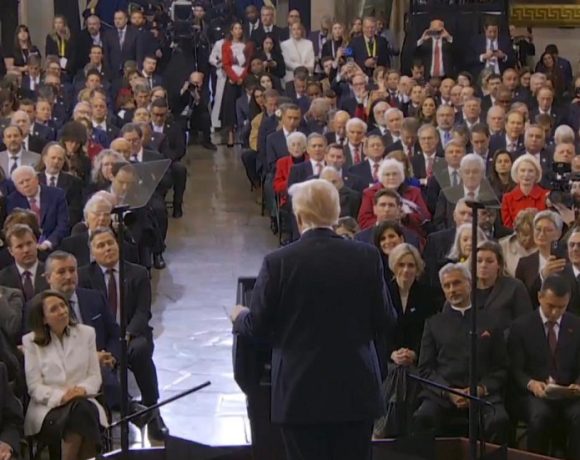
Nepal placed again on FATF grey list
In a meeting held from February 17 to 21, 2025 in Paris, the Financial Action Task Force (FATF) formally added Nepal to its “jurisdictions under increased monitoring” list—commonly known as the grey list—signalling that the country still faces significant gaps in its anti-money-laundering and counter-terrorist-financing regime. The decision marks Nepal’s second spell on the grey list, after its earlier listing from 2008-14.
Reasons for Grey-Listing
According to the FATF, Nepal’s placement reflects shortcomings in enforcement of financial crime laws, weak oversight of high-risk sectors such as cooperatives and real-estate, and limited prosecutorial action against illicit financial flows. Although the government has pledged to comply with an action plan to address the deficiencies, the watchdog noted that full implementation remains overdue. Nepal has been given two years to enact substantial reforms to avoid possible black-listing, which would carry harsher international financial penalties.
Impact on Economy
The grey-listing is expected to raise caution among international banks and investors, increase due-diligence costs and could slow foreign capital flows into Nepal. Authorities in Kathmandu say they have already started groundwork to meet FATF requirements, including strengthening regulatory agencies, improving oversight mechanisms and tightening controls on vulnerable sectors.
Pressure for Reforms
This development underscores the mounting pressure on Nepal’s financial governance structures and the urgency of reforming its AML/CFT (anti-money-laundering / combating-financing-of-terrorism) architecture before the deadlines set by the global monitoring regime.


















